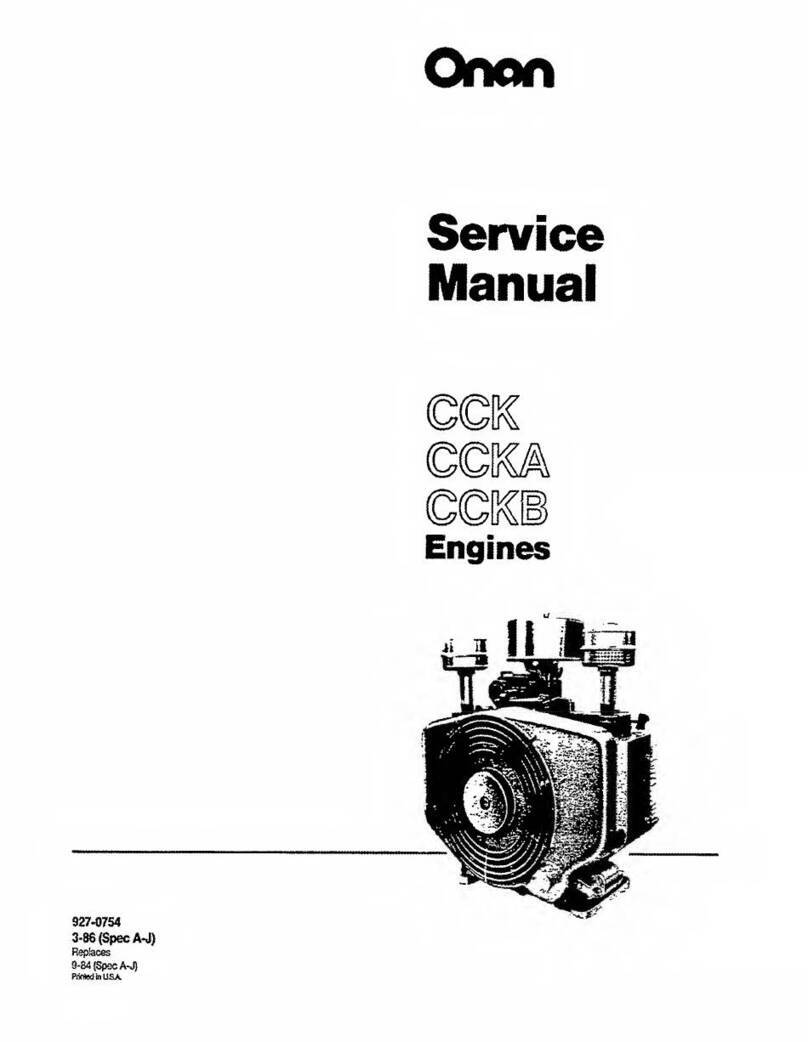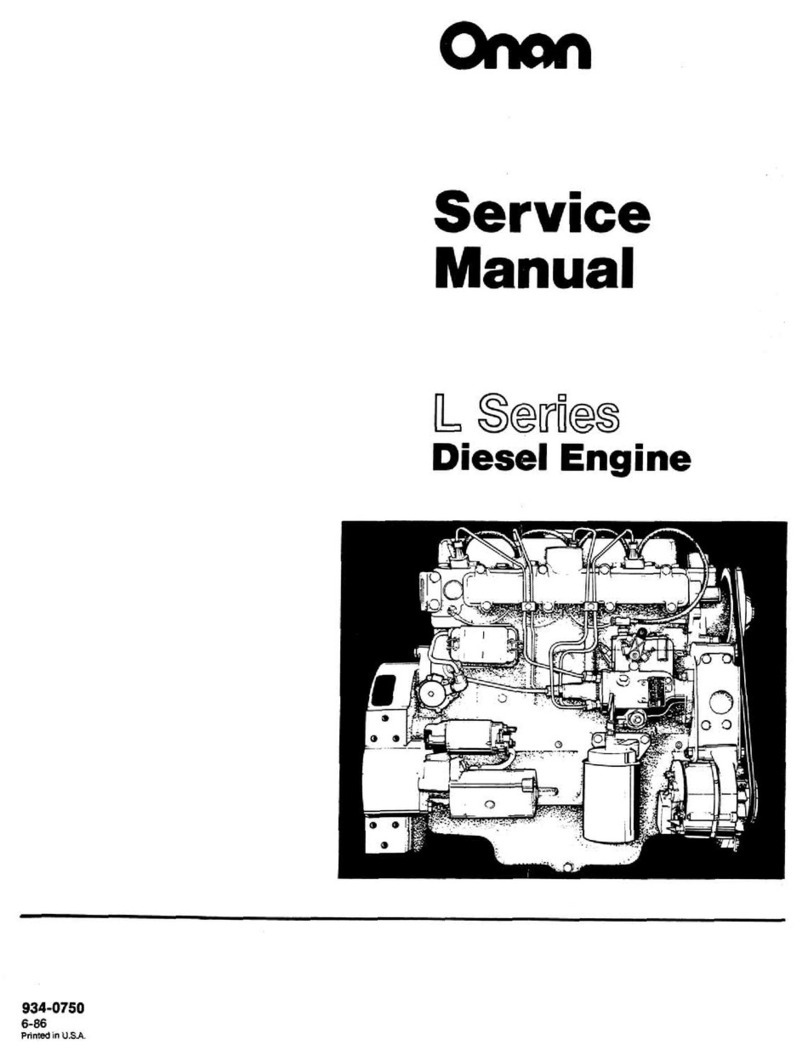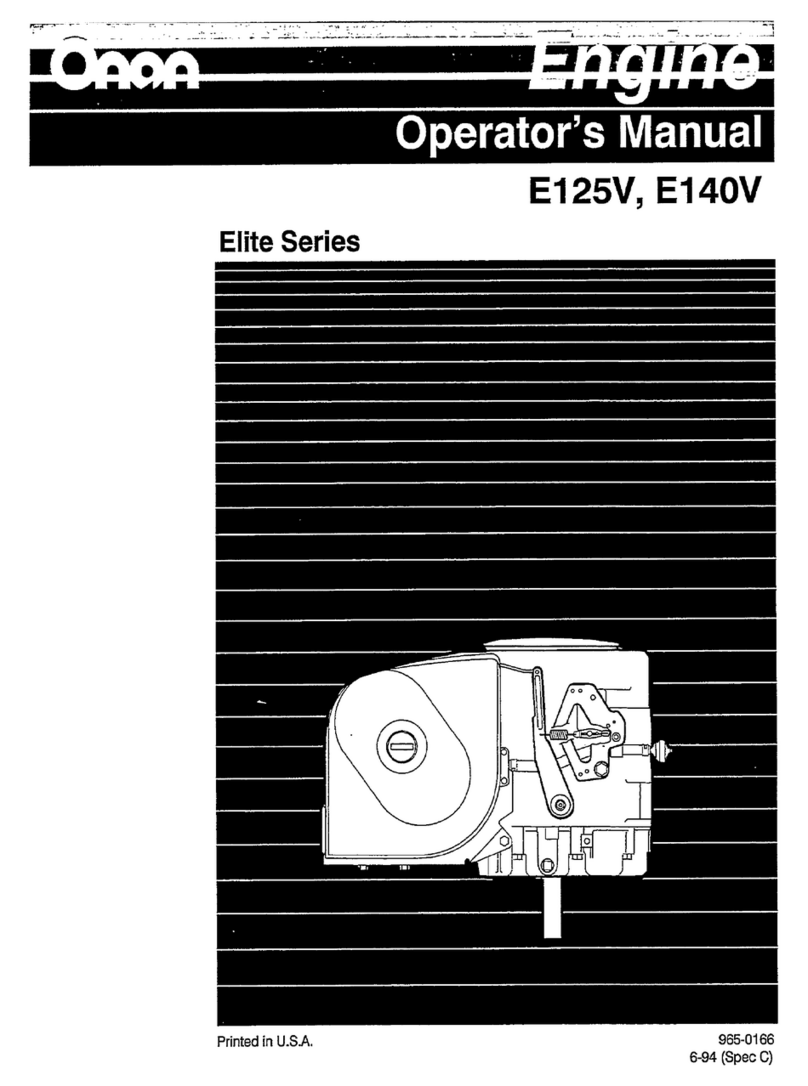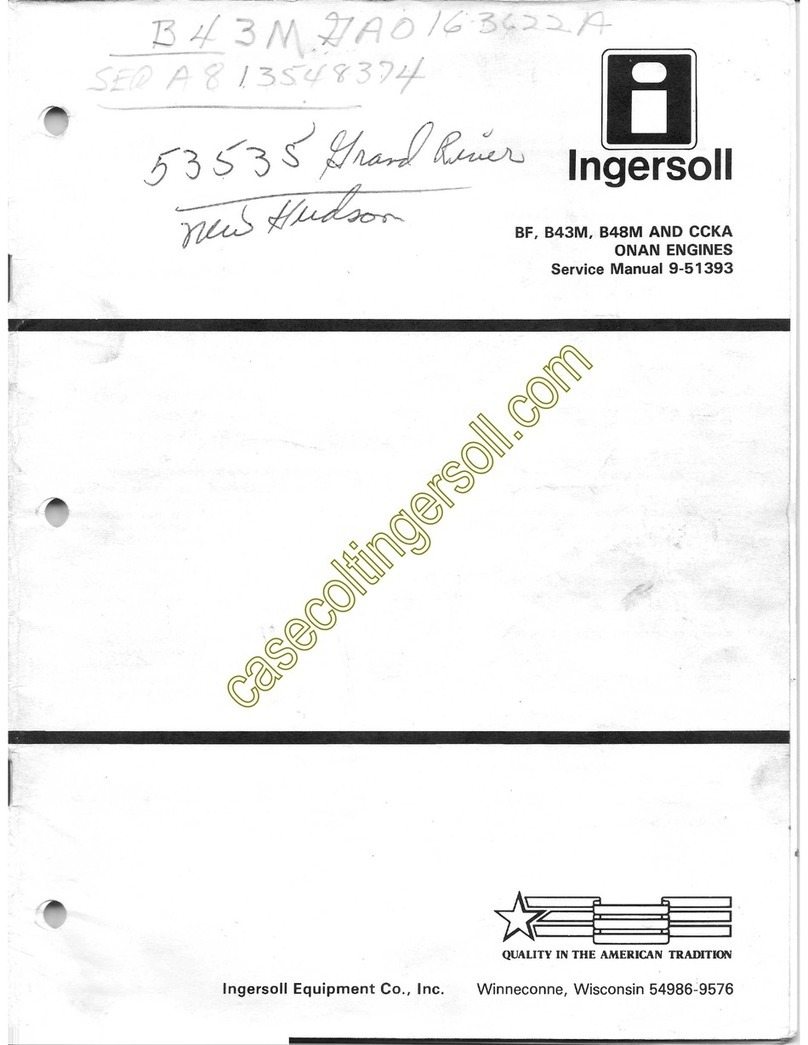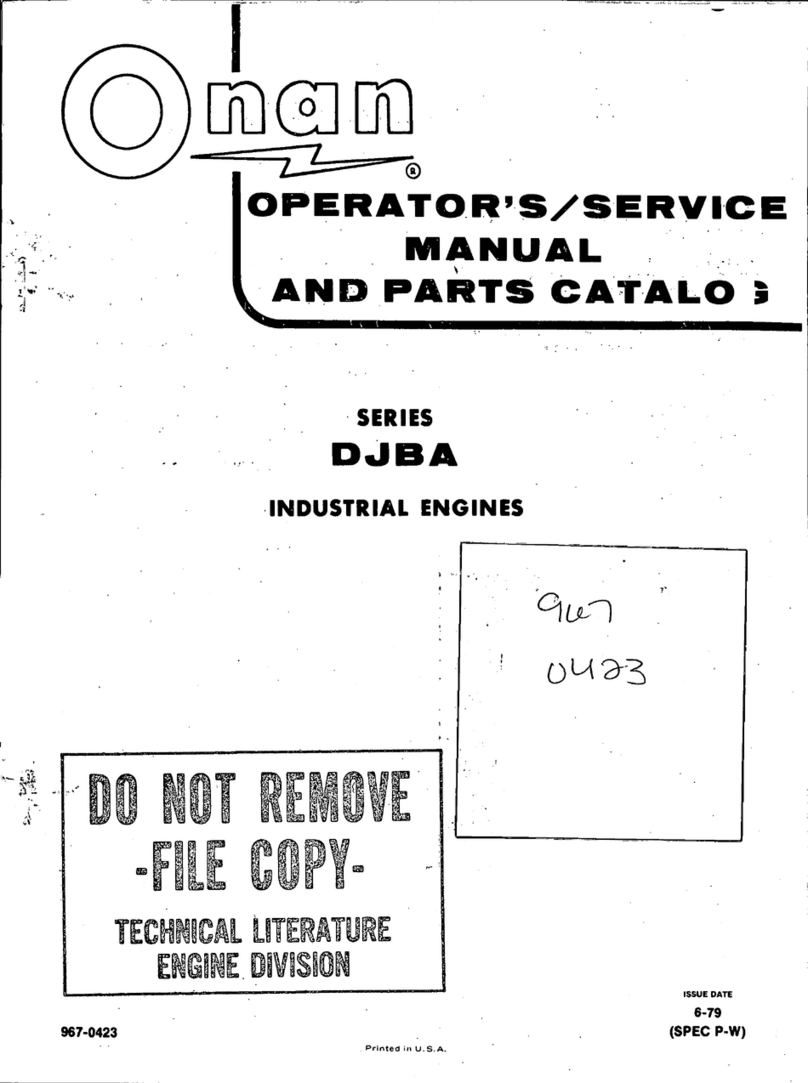Onan NHC User manual
Other Onan Engine manuals
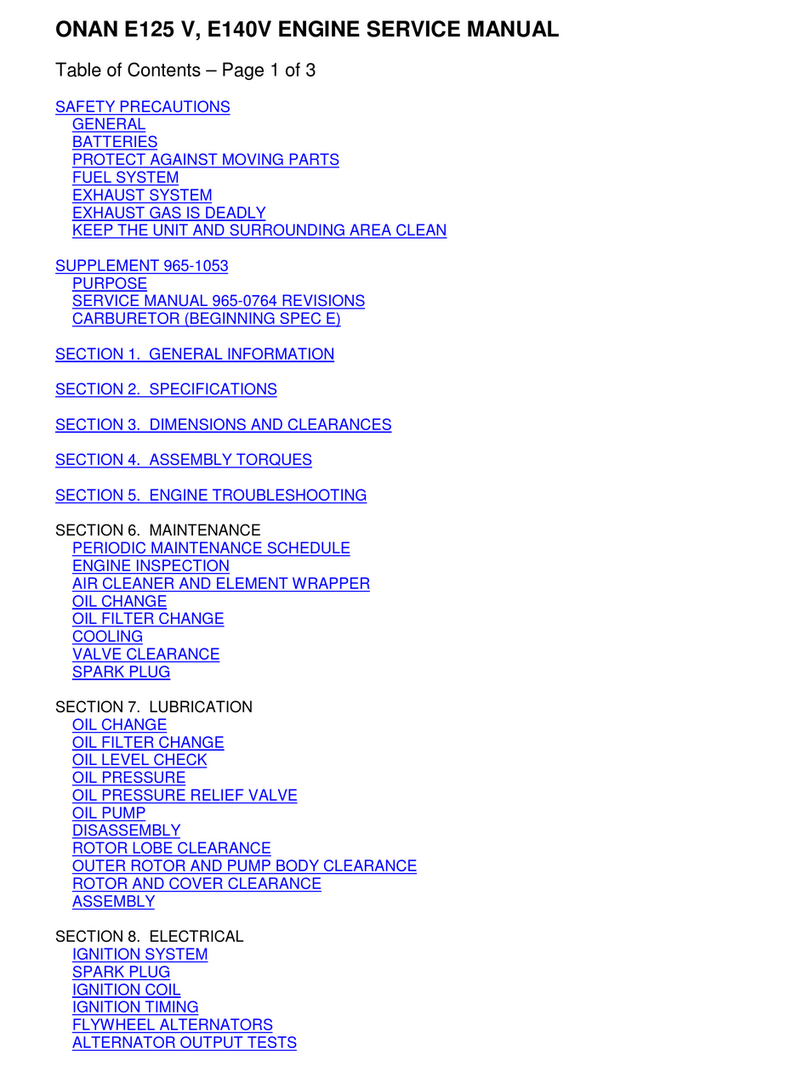
Onan
Onan Elite E125V User manual
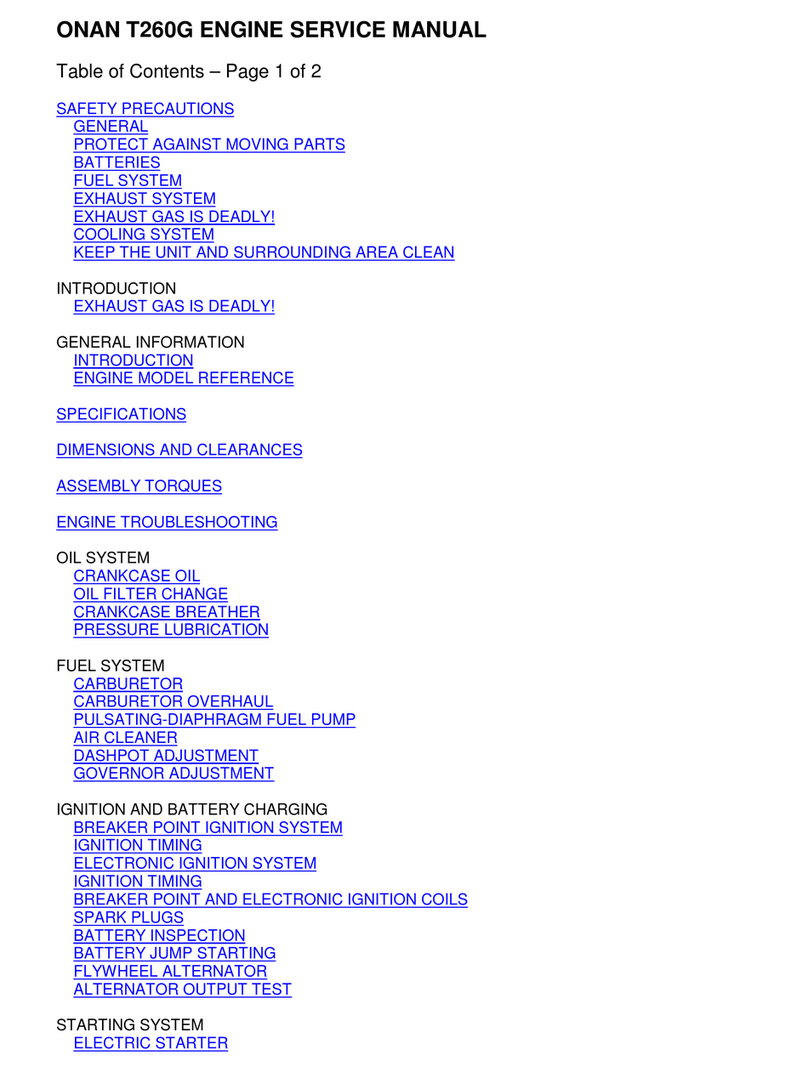
Onan
Onan T260G User manual
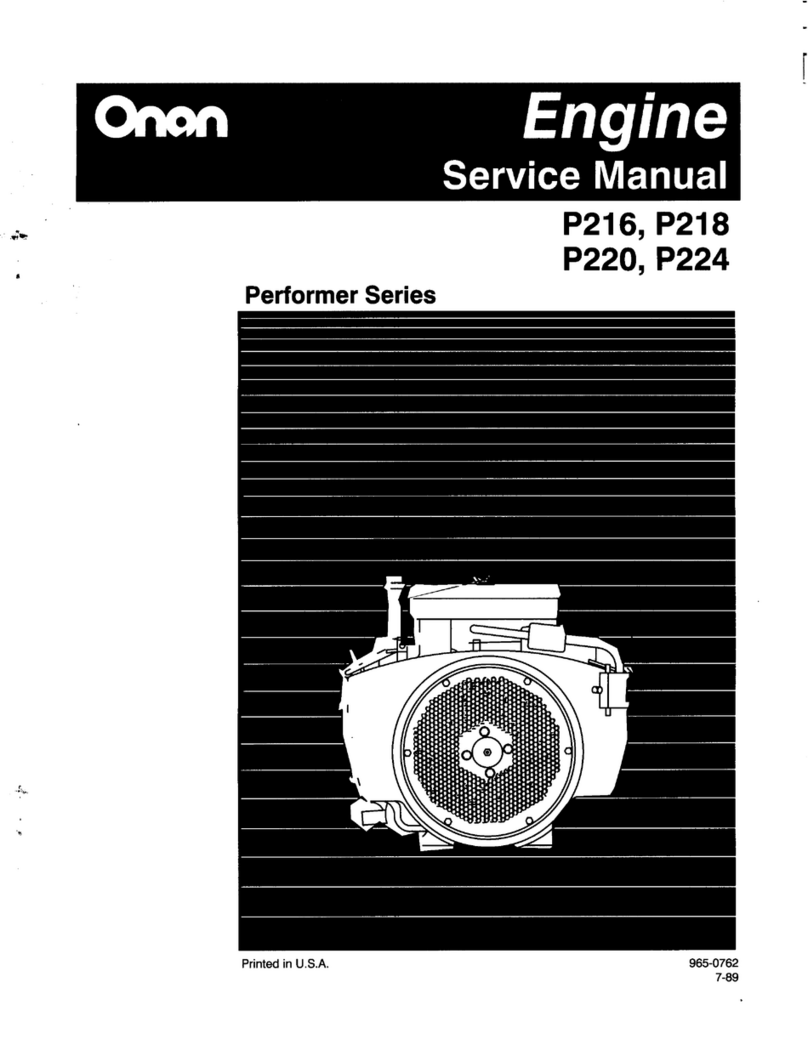
Onan
Onan Performer P216 User manual

Onan
Onan J Series Operating manual
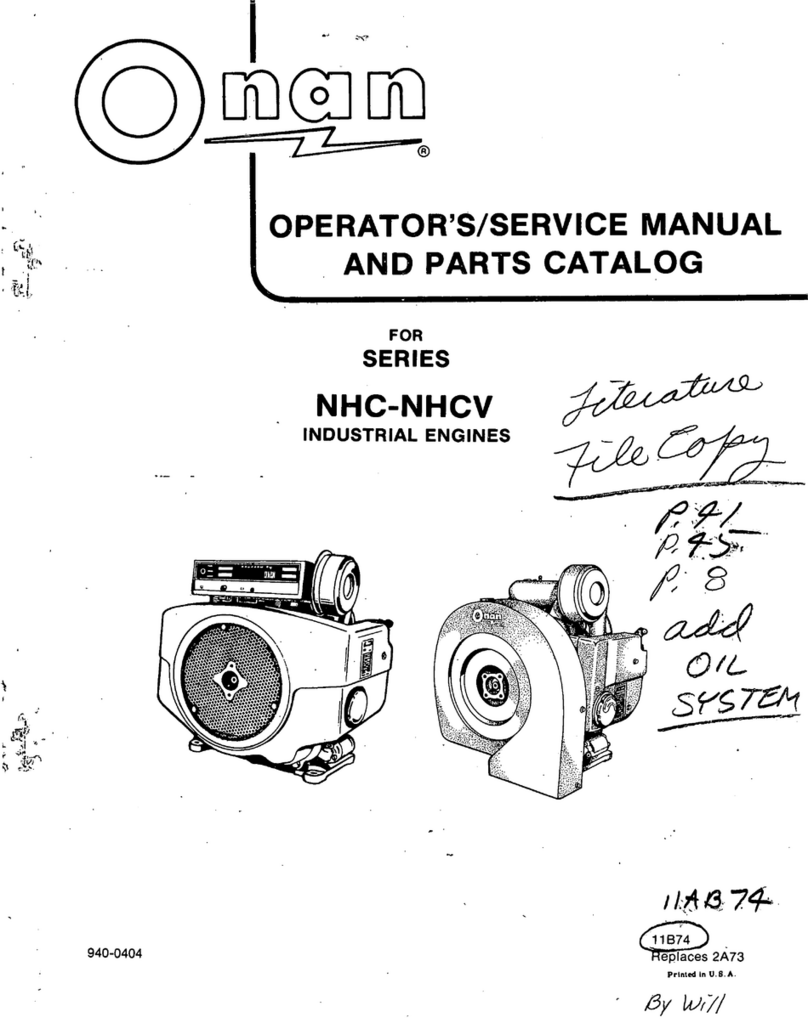
Onan
Onan NHC Series Instruction Manual

Onan
Onan DJA Series Operating manual

Onan
Onan Performer Series User manual
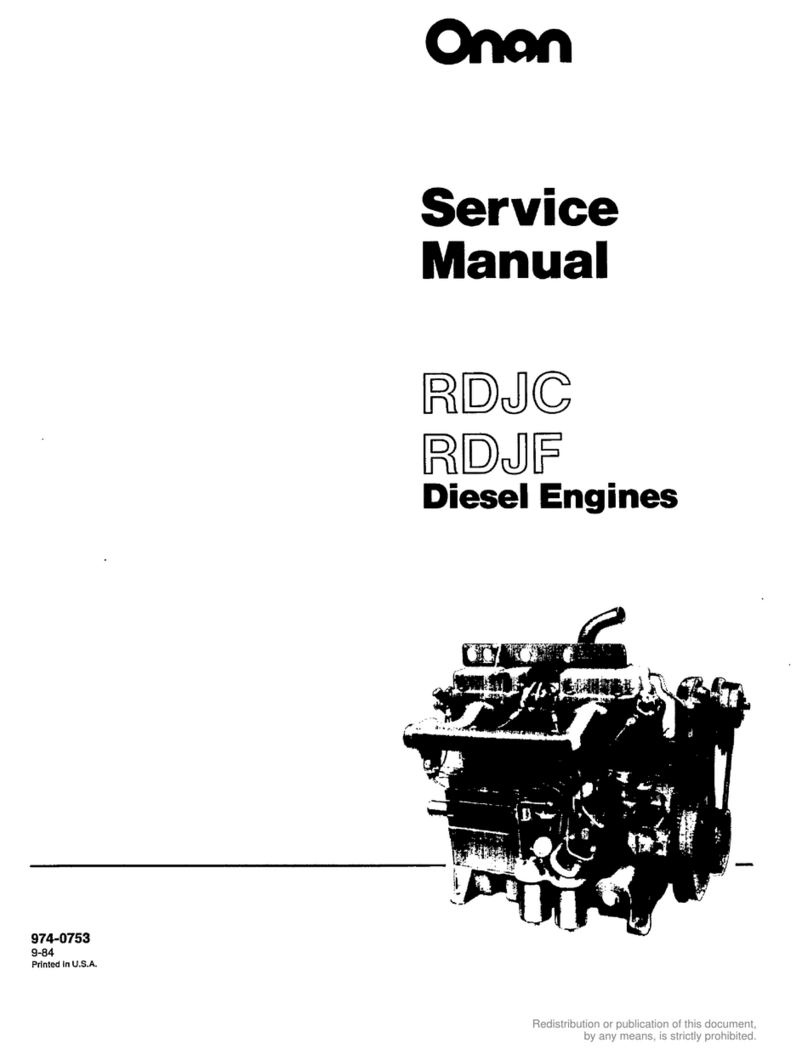
Onan
Onan RDJC User manual

Onan
Onan RDJE User manual

Onan
Onan Performer P216 User manual
